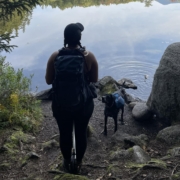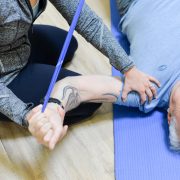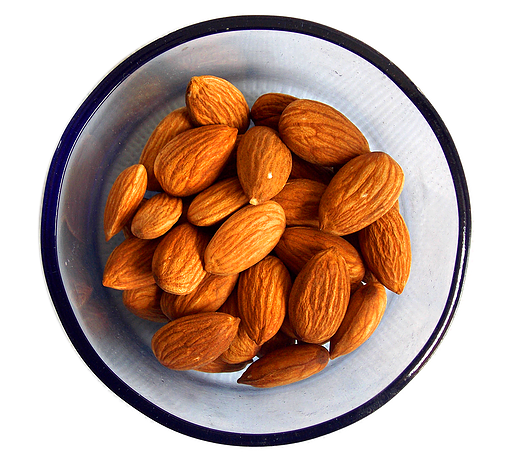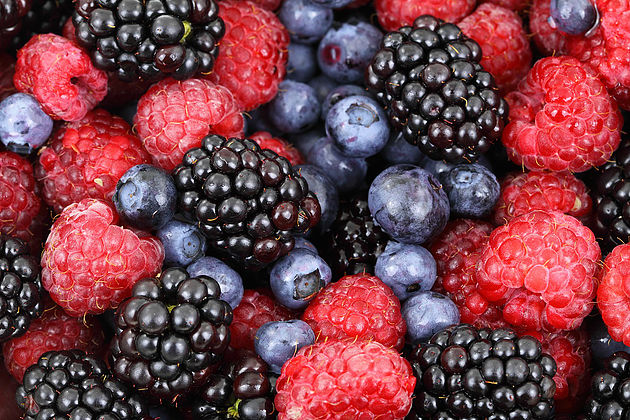Three Lessons Learned from Hiking with my Pup
I have a 10.5-year-old Black Lab/Hound-mix rescue pup (named Bodie) who I bring with me everywhere when I’m allowed. But our favorite place to hang out? Hiking trails.
Bodie and I have been slowly working on finishing our “NH48”. For those of you not familiar – we’re trying to hike all of the NH White Mountain peaks that are over 4000 feet in elevation – and there are 48 of them. This past weekend we hiked Owl’s Head, which was number 31, and the weekend before, we checked off Mount Zealand for number 30. If you’ve ever hiked these peaks, then you already know these two hikes are pretty long – especially as day hikes. Owl’s Head was 17 miles, and Zealand was 12. And we did them back-to-back weekends!
I planned to hike again this weekend, but after watching and learning from Bodie over the years, I’ve realized some powerful lessons that I wanted to share with you that can absolutely be carried over into everyday life.
Here are three Lessons I’ve Learned from Hiking with my Pup:
1. Nature is the ultimate natural remedy for anxiety.
Bodie can be a bit anxious, and when he doesn’t get outdoors enough, it gets worse. Spending extended time in nature is one of the most powerful and natural anxiety remedies I’ve experienced – and I see it in Bodie. After our hikes, he’s much calmer and even barks less at neighborhood dogs.
Bodie is also my mirror – when I’m anxious and haven’t spent enough time outside – he notices and mirrors my energy. Have you noticed this in your life? If so, try getting out in nature more – it works wonders. Bodie and I keep ourselves pretty active – but there’s just something about hitting those trails that is magical. Bodie reminds me daily to spend quality time moving outdoors.
2. Bodie knows how to listen to his body.
It’s remarkable to watch Bodie on the trails – he knows exactly what his body can handle and when to rest. Can you imagine if we all had that kind of awareness? Life would be so different.
As a PT specialist for over 22 years, I’ve learned how to listen to my body, and it’s one of the most important skills I’ve taught clients over the years. When you truly understand what your body is telling you, you can challenge it without being reckless. This is important because we only improve when we appropriately challenge ourselves.
Shying away from every ache and pain can actually teach your nervous system to fear pain, which does more harm than good.
Watching Bodie, I realize this instinct is built into him. His nervous system is so in tune – it just knows. While we may not have the same instincts,it is possible to improve our relationship with our nervous systems, which will help us do more of the activities we love and prevent injuries. If you struggle with recurring injuries or fear of movement because of pain, I highly recommend working with a movement expert who can help you work through this. Your body awareness will improve and your nervous system will thank you.
3. Recovery is critically underrated.
Bodie is a pro at recovery. After every hike, he takes a day or two to rest – lounging around, sleeping more, and letting his body recover. It’s a reminder that recovery is just as important as the effort we put in. Whether it’s hiking, exercising, or going through daily routines, our bodies need time to repair and strengthen. I take this lesson from Bodie and make sure I’m giving my body the rest it needs.
Recovery is key to maintaining strength, mobility, and long-term health – not to mention injury prevention.
If you’re struggling with recovery or feel like your body isn’t bouncing back after adequate, it could be a sign of a bigger issue. I recommend working with a movement specialist who can help you. You don’t have to let stubborn aches, pain, or injury linger or keep you from doing what you love.
We’d love to help you figure that out!
Work with someone who specializes in finding natural ways to get rid of pain – and who can help you to keep it gone – so you can keep enjoying all of the activities you love to do. For me and Bodie – that’s hiking.
All you have to do is request a free appointment with one of our specialists to see if we can help and if you’re a good fit for what we do 🙂
Dr. Carrie Jose, Physical Therapy Specialist and Mechanical Pain Expert, owns CJ Physical Therapy & Pilates in Portsmouth and writes for Seacoast Media Group. To get in touch – or to request a free Discovery Visit to explore a solution for your pain or injury with a mechanical pain expert – CLICK HERE or call 603-380-7902.








